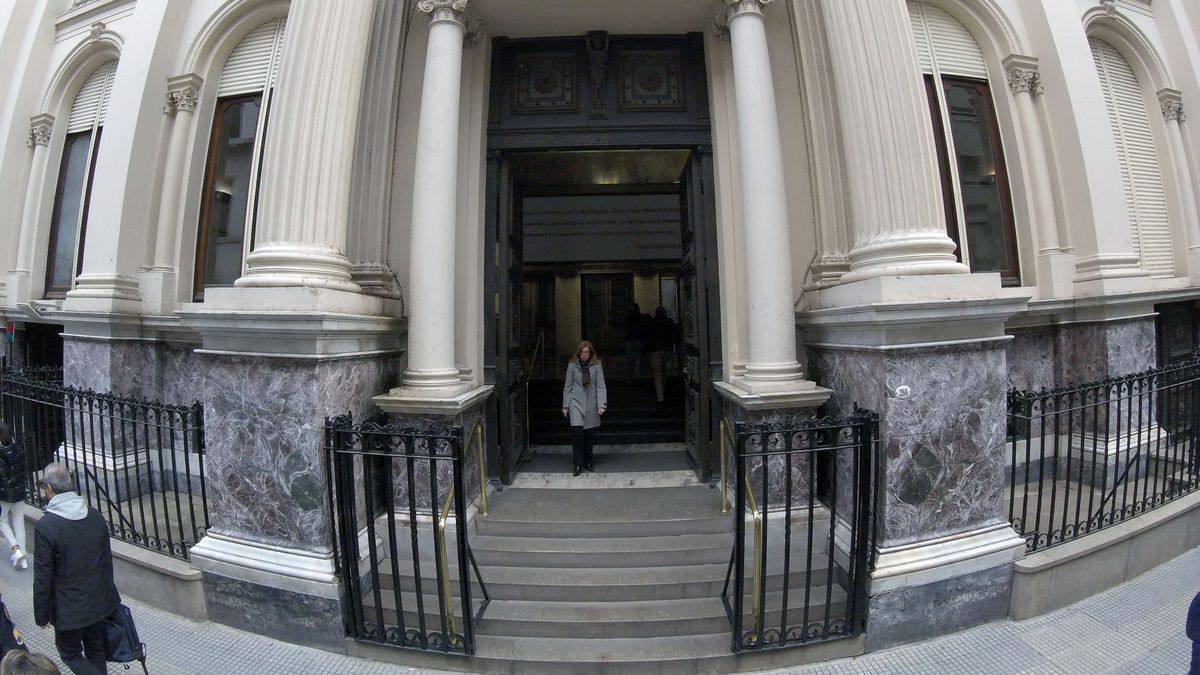He Exchange Balance of the Central Bank (BCRA) Last January brought an encouraging sign on the side of trade in services with the rest of the world, since the balance of the sector showed a surplus for the first time since April 2012. Official data show that the sector Services registered last month a surplus of 84 million dollarswhen a year ago it had a deficit of US$723 million, which speaks of the reversal of trade.
Furthermore, it should be noted that the “adjustment” of the external sector on the Services side began at the beginning of the second half of last year, but that it had a jubilee in the middle of the electoral process between last October and November. Although the truth is that after that two-month period almost out of control, in December the sectoral red fell sharply to the approval of the BCRA reserves, and last January it directly turned around.
But we must also remember that in Services there were many mischief and tricks, especially regarding logistical expenses such as Freight and Insurance, which even caught the attention of the technicians of the International Monetary Fund (IMF) in several reviews and thus they left it sitting in separate Staff Reports with the previous government. They were the periods of overbilling and underbilling in the best seventies and eighties style.
In relation to last January’s surplus, it is basically explained by the collapse of expenditures, since income remained almost stable. In this regard, the net income from Business, professional and technical services for US$263 million and Other services for US$23 million, which were partially offset by net expenses for Trips, tickets and other card payments for US$195 million and Freight and insurance for US$7 million.
“On the other hand, an income from services of US$65 million was recorded through the securities market under the Export Increase Program,” explains the BCRA.
The numbers on the balance of the BCRA services sector
What do the numbers say in general terms? On the side of income There is a 21% year-on-year drop in Business, Professional and Technical Services (about US$100 million), a 61% year-on-year increase in Travel, tickets and other card payments (about US$100 million) and a drop in Freight and Insurance of 42% that imply about US$15 million. This cocktail showed a drop in revenue of 3% year-on-year, which represents about US$20 million.
It is worth remembering that the increase in gross income from Travel and Tickets, which last January totaled US$265 million, is directly related to what was established by the BCRA (Communication “A” 7630) at the beginning of November 2022, which excludes the requirement settlement in the foreign exchange market for the income of funds with non-resident cards, charges for tourist services contracted by non-residents and for charges for transportation services of non-resident passengers. Which in Creole means that it allows recipients to apply a higher exchange rate to card consumption in the country by non-resident tourists. The idea was to boost foreign exchange earnings from inbound tourism.
While on the side of the expenses, the fit was tremendous. Payments for business, professional and technical services fell 92% year-on-year, approximately US$340 million, those linked to Travel, tickets and card payments fell 72%, approximately US$290 million, and those for Freight and Insurance fell 31% year-on-year. about US$200 million. All this added together explains the drop in expenses of 58% year-on-year for about US$800 million.
trips.jpg
Although the Tourism sector maintained the deficit, it fell substantially for the month of January.
And although he tourism sector maintained the deficit, it fell substantially for the month of January, reaching levels almost similar to those of 2021, a pandemic period, as a result of the mega-devaluation and the PAIS tax, among other causes.
For their part, primary income operations represented a net outflow of US$2,006 million in January, mainly due to net interest payments of US$1,989 million.
Payment of interest from the Government and the BCRA
Another of the data that the sector balance brought was the gross cancellations of interestswhere the Government and the BCRA made payments of US$1,736 million, of which US$1,567 million corresponded mainly to interest payments on Bonds Step Up yu$s168 million to interest payments to international organizations (excluding the IMF), while u$s278 million were made by the private sector.
In addition, gross outflows of profits, dividends and other income abroad amounted to US$20 million. Finally, secondary income operations showed a surplus result of US$6 million.
Source: Ambito




